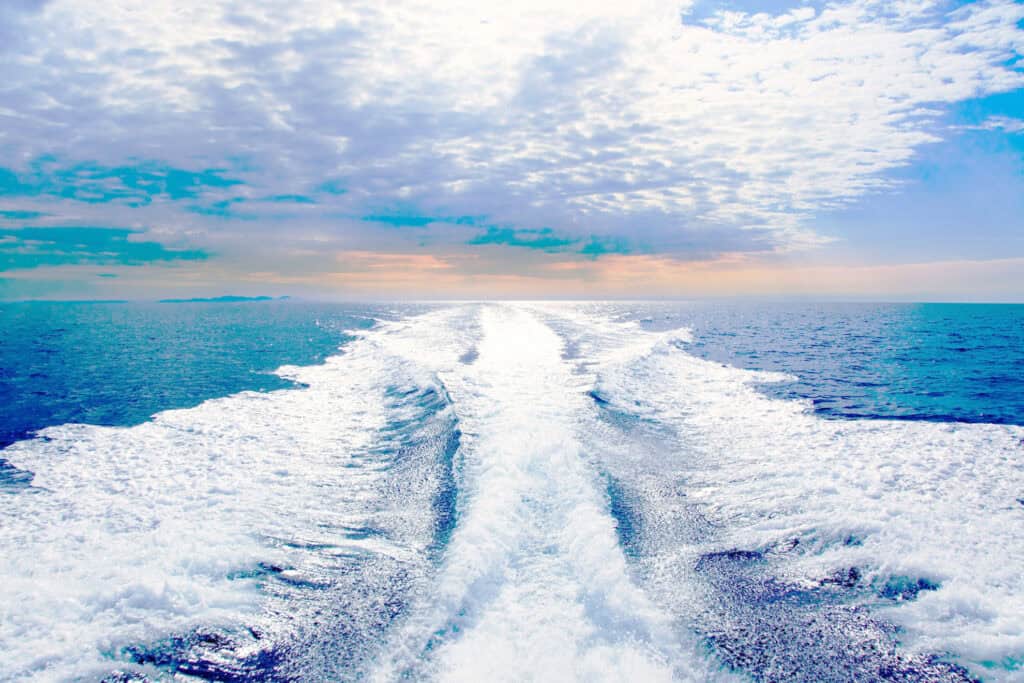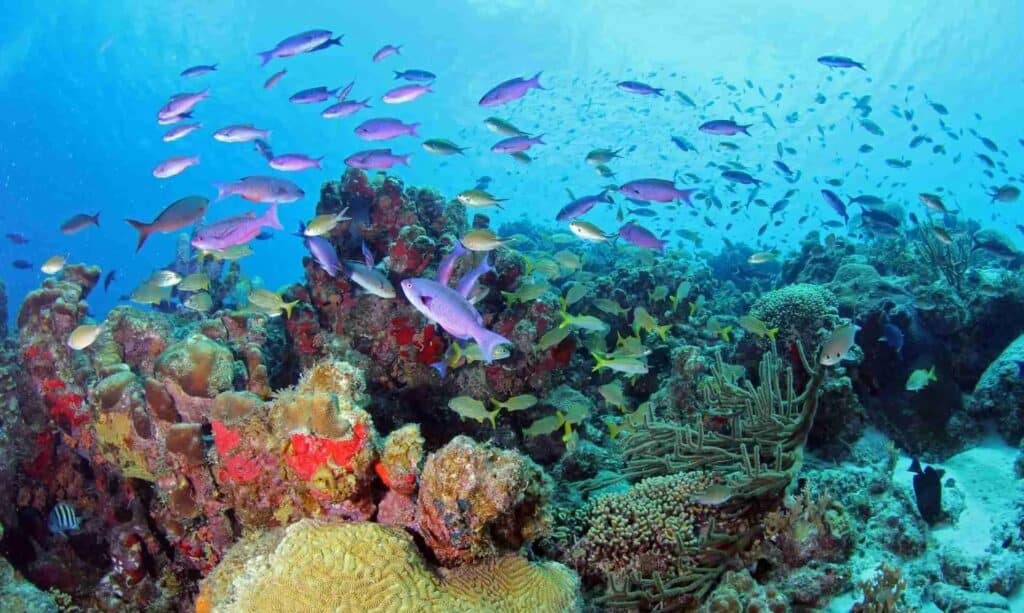
Is the water safe to drink in Curaçao?
Is the water safe to drink in Curaçao?
Are you wondering whether you can safely drink tap water during your tropical getaway, or if you should stock up on bottled water instead?
What you need to know about tap water quality
The water in Curaçao is completely safe to drink straight from the tap. As part of the Kingdom of the Netherlands, the island maintains exceptional water quality standards that meet or exceed European Union requirements. The water comes from one of the world’s largest desalination plants and undergoes rigorous testing and purification processes. You can confidently fill your reusable bottle at your hotel, restaurant, or any public facility without worry.
This high-quality tap water is available throughout the island, from Willemstad to remote areas near Christoffel National Park. Whether you’re staying at the Avila Beach Hotel or exploring dive sites with gear from a local dive shop, the water remains consistently safe. This is especially convenient when you’re packing for beach days at Anna Bay or preparing for water sports adventures in the Caribbean Sea. Staying hydrated is crucial in Curaçao’s warm climate, particularly if you’re engaging in activities like scuba diving or hiking, so having reliable drinking water readily available makes your trip more comfortable and sustainable.
Drinking tap water also helps reduce plastic waste, which is important for protecting the island’s beautiful coral reefs and marine life that make Curaçao such a special destination.

Luxury car rentals in Curaçao
Experience transparent pricing and exceptional service with Rent Car Curaçao. Choose from luxury vehicles elevate your Curaçao adventure.
Staying healthy and hydrated during your island adventure
Beyond knowing that tap water is safe, understanding how to stay properly hydrated while enjoying all that Curaçao offers will make your vacation more enjoyable and keep you energized for exploring this beautiful Caribbean destination.
Hydration tips for outdoor activities and water sports
When you’re out enjoying jet skiing, scuba diving, or exploring the island’s stunning dive sites, staying hydrated becomes even more critical. The combination of tropical sun, physical exertion, and salt water exposure can quickly lead to dehydration. Bring a waterproof case to protect your valuables and carry a reusable water bottle filled with tap water. Before heading out with operators like Ocean Encounters or Dive Travel Curaçao, fill up your bottle at your accommodation. Most dive shops also provide drinking water, and if you’re completing your PADI Medical form for certification dives, your instructor will emphasize proper hydration as part of dive safety.
Protecting yourself while exploring natural areas
Hiking to Mount Christoffel or wandering through Christoffel National Park requires extra water supplies, as these remote areas have limited facilities. Start early to avoid peak heat, and carry at least two liters of tap water per person for longer trails. While Curaçao’s wild animals are generally harmless, basic safety precautions include staying on marked trails indicated by road signs and checking the weather forecast before heading out. The island sits outside the main hurricane belt, but sudden rain showers can occur. Travel insurance that covers outdoor activities provides additional peace of mind during your adventures.
Health considerations and medical resources
The Dutch Caribbean maintains excellent healthcare standards, and Medical Facilities on the island are modern and well-equipped. However, mosquito-borne illnesses like Dengue fever can occur in tropical climates, so using insect repellent and staying hydrated helps your body maintain its natural defenses. The risk level for serious health issues remains low when you take basic precautions. If you need medical attention, facilities near Willemstad provide comprehensive care, and staff typically speak English, Dutch, and Papiamentu.
Getting around safely with reliable transportation
Whether you arrange car rental to reach remote beaches or use the island’s public transportation system, having water with you ensures comfort during travel. If you’re visiting the Blue Curacao Liquor Factory or dining at Pasawa Box Eatery, you can refill your bottle at these establishments. Bicycle rentals offer an eco-friendly way to explore neighborhoods, though you’ll want extra water for this activity. For day trips to Klein Curacao, tour operators like Bay Adventures provide drinking water aboard their vessels, but bringing your own refillable bottle from your hotel adds convenience.
Safety awareness and crime prevention
While water quality isn’t a concern, general safety and security awareness enhances your experience. Petty crime and petty theft can occur in tourist areas, so keep valuables secure and stay aware of your surroundings. Carrying a modest amount of cash and keeping important documents in your hotel safe are smart practices. The island’s overall crime rate remains low compared to many destinations, and following basic safety precautions allows you to focus on enjoying attractions like the Queen Emma Bridge, MERAKII Seaview Beach resort, or the historic Avila Beach Hotel without worry.
Is the water safe to drink in Curaçao? - FAQ
What cruise lines visit Curaçao and what can I do during port stops?
Major lines like Oceania Cruises and Princess Cays routes frequently dock at Anna Bay in Willemstad, with port stays typically lasting 8-12 hours. Cruise Critic forums offer excellent ROLL CALLS to connect with fellow passengers planning shore excursions. Check Cruise Conversations boards for current travel vouchers and deals. Unlike Alaska Cruise Destination ports such as Glacier Bay or Icy Strait Point, Curaçao offers warm-weather activities year-round. River Cruising doesn’t operate here, but ferry boats connect you across the harbor to explore both sides of Willemstad efficiently during your limited port time.
What local dishes should I try beyond the typical tourist restaurants?
Traditional Curaçao cuisine includes Bolo di Manteka, a rich butter cake made with wheat flour and local spices, perfect with morning coffee. Visit the Pasawa Box Eatery for authentic street food served in a casual local atmosphere where residents actually eat. Sample fresh-caught fish prepared Caribbean-style, hearty stews called stoba, and crispy pastechi pastries filled with cheese or meat. The Blue Curacao Liquor Factory offers tastings of the island’s famous orange liqueur paired with local appetizers, providing insight into traditional distilling methods that date back generations.
Do I need special equipment or certification for diving activities?
Most dive operators accept internationally recognized dive certification cards from PADI, SSI, or NAUI organizations. Complete your PADI Medical form before arrival to avoid delays, especially if you have pre-existing conditions requiring physician clearance. Reputable shops like Ocean Encounters, Bay Adventures, and Dive Travel Curaçao provide rental dive gear including wetsuits, regulators, BCDs, and dive computers for tracking depth and time. Bring your own mask for better fit, and consider reef-safe sunscreen to protect coral reefs. If uncertified, discover scuba programs let you experience shallow dives under direct instructor supervision.
How reliable is mobile connectivity and should I get a local SIM?
International roaming can be expensive, so consider Airalo eSIMs offering affordable data packages specifically for Caribbean destinations including Curaçao. Most hotels, restaurants, and beach clubs provide complimentary Wi-Fi, though speeds vary by location. Remote areas near Mount Christoffel or Shete Boka have limited cellular coverage regardless of carrier. A waterproof case protects your phone during beach and water activities while keeping you connected. Download offline maps, translation apps, and activity confirmations before heading to less-developed areas where connectivity becomes unreliable.
What's the best way to explore Willemstad's historic districts?
Cross the iconic Queen Emma Bridge, a floating pontoon structure connecting Punda and Otrobanda that swings open for passing ships—a fascinating engineering feature dating to 1888. Explore colorful Dutch colonial architecture recognized as a UNESCO World Heritage Site, with buildings painted in distinctive pastel shades. Small ferry boats provide quick harbor crossings when the bridge is open for vessel traffic. A shuttle bus system operates between major tourist areas, though walking remains the best way to discover hidden courtyards, local shops, and historic forts throughout both districts.
Where should I stay for the best balance of location and amenities?
The historic Avila Beach Hotel offers beachfront access, colonial charm, and proximity to Willemstad’s attractions, making it ideal for cultural exploration combined with relaxation. For modern comfort with stunning views, MERAKII Seaview Beach resort provides contemporary accommodations and direct beach access perfect for water sports enthusiasts. Both properties maintain the high standards you’d expect from the Dutch Caribbean, with multilingual staff and excellent dining options. Consider your priorities: stay near Willemstad for nightlife and historic sites, or choose remote locations for privacy and natural beauty near national parks.
What unique natural areas showcase Curaçao's landscape beyond beaches?
Christoffel National Park encompasses the island’s highest point at Mount Christoffel, offering challenging hikes with panoramic views across the entire island and neighboring ABC islands. Trail difficulty ranges from easy walks to strenuous climbs requiring early morning starts before heat intensifies. Shete Boka National Park features dramatic coastal scenery where waves crash against volcanic rock formations creating spectacular natural blowholes. Both parks showcase native flora, wild animals including the Curaçao white-tailed deer, and diverse bird species. Proper footwear, sun protection, and abundant water are essential for exploring these protected natural areas.
How can I experience Curaçao's crystal-clear waters beyond standard beach visits?
The island’s crystal-clear waters offer visibility exceeding 100 feet, perfect for exploring vibrant coral reefs and diverse marine life including sea turtles, rays, and tropical fish. Water sports range from relaxed paddleboarding to adrenaline-filled jet skiing adventures along the protected western coastline. Day trips to uninhabited Klein Curacao provide pristine snorkeling in waters even clearer than the main island. Always use reef-friendly sunscreen and other reef safe products to protect fragile marine ecosystems that make these waters so spectacular and support the island’s tourism economy.
What practical items should I pack for a Curaçao vacation?
Essential items include reef-friendly sunscreen and other reef safe products to protect marine environments, as traditional sunscreens are increasingly discouraged at dive and snorkel sites. A quality waterproof case protects electronics, documents, and cash during beach and boat activities. Check your travel insurance policy to ensure adequate coverage for water sports and adventure activities you’re planning. Review the weather forecast before departure, though Curaçao enjoys consistent warm temperatures year-round. Bring light, breathable clothing, sturdy hiking shoes for national parks, and a reusable water bottle to stay hydrated while reducing plastic waste.
Are there transportation options besides rental cars for getting around?
While rental cars offer maximum flexibility, the island’s public transportation system provides budget-friendly bus service connecting Willemstad with outlying areas, though schedules can be irregular and routes limited. Shared taxi vans called “konvoys” follow set routes with affordable fares but don’t serve remote beaches or national parks. Bicycle rentals work well for exploring Willemstad’s compact historic districts and nearby coastal areas on relatively flat terrain. For specific destinations like Klein Curacao, organized tours include round-trip transportation by boat. Consider combining transportation methods—rental car for a few days to reach remote sites, then walking and public transit for urban exploration.
Discover the Wonders
of Klein Curaçao
Experience the untouched beauty of Klein Curaçao, a hidden paradise with stunning beaches and rich marine life. Perfect for snorkeling, diving, or simply relaxing in the sun.
Popular subjects
Luxury car rentals in Curaçao
Experience transparent pricing and exceptional service with Rent Car Curaçao. Choose from luxury vehicles elevate your Curaçao adventure.
Subscribe to our newletter
Discover the Wonders of Klein Curaçao
Experience the untouched beauty of Klein Curaçao, a hidden paradise with stunning beaches and rich marine life. Perfect for snorkeling, diving, or simply relaxing in the sun.





